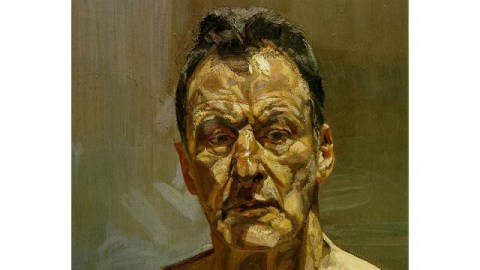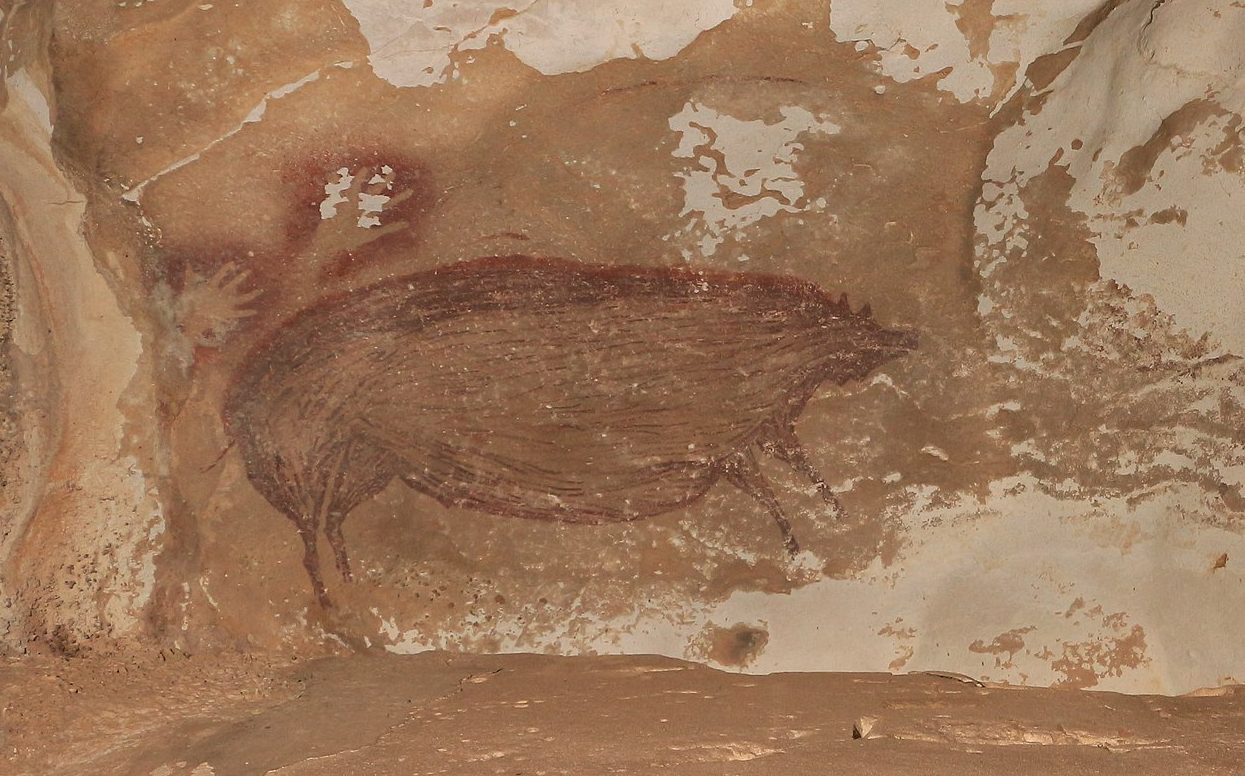Is Lucian Freud’s Death the End of Figurative Painting?

Marching through the Met a few weeks ago, my family found ourselves suddenly in a room full of works by Francis Bacon, Frank Auerbach, and Lucian Freud. I motioned to my wife that we should shuffle through quickly to avoid troubling our 17-month-old son Jamie and 5-year-old son Alex, who just wanted to see some more of his favorite artist, Picasso. I remember thinking that, of the three, only Bacon was gone. Now, only Auerbach remains. Lucian Freud’s death a few days ago after a short illness at the age of 88 still is only sinking into the consciousness of those who think about art. Freud literally changed the face (and body) of portraiture in ways that even Bacon didn’t. Now that Freud is gone, some are asking if his end somehow marks the end of figurative painting itself.
Charles Saumarez Smith, former director of the National Portrait Gallery in London and current secretary and chief executive of the Royal Academy of Arts, argues pretty definitively and convincingly that Freud’s taking figurative painting to the grave with him. “The death of Freud, then, marks the end of an era: not just the death of a great artist, who had an extraordinary career in the single-minded pursuit of the observation of human form,” Smith asserts, “but the death of the idea that it was felt to be perfectly natural for an artist to concentrate day after day, right up until the time of his death, on the demanding task of portraiture, requiring his models to make themselves available for long hours of sittings, sometimes far into the night.” Models claimed to have sit for hundreds of hours for a single portrait before what art critic Martin Gayford called Freud’s “omnivorous” gaze. Legend holds that one portrait required 2,400 hours of modeling. Such dedication to observation seems almost madness, but maybe that madness is the key ingredient to a certain kind of greatness.
Smith holds up as exhibit A for the death of portraiture the fact that this summer’s exhibition at the Royal Academy of Arts featured not a single portrait. Where are the new portraitists to come from, Smith asks (in not so many words)? I think that these rumors of portraiture’s demise are greatly exaggerated. To me, the key is how you define portraiture. Portraiture as Freud defined it looks much different than the portraiture and figuration of the Renaissance, a period and mindset that Freud hated passionately. Leonardo’s Vitruvian Man splayed out in perfect proportions or Michelangelo’s David—chip on buff shoulder, deadly projectile in hand, cocky glimmer in eye—stood as the antithesis of the psychological, grossly physiological portraits Freud slowly composed, wiping off his brush after each single stroke. Grandson of Sigmund Freud, Lucian Freud seemed predestined to probe the human mind, in his case through paint rather than words. Add to that nature the nurture (so to speak) of the 20th century—war, genocide, and assorted other horrors—and Freud’s anti-humanist, anti-idealist, anti-Renaissance seems the only rational response.
Of course, portraiture is still a viable genre for artists. John Currin still paints his rollicking burlesque show of portraits. Odd Nerdrum peoples his nightmare works with recognizable, if not desirable figures. Bo Bartlett took up the mantle of the late Andrew Wyeth years ago in his lyric approach to the human body set in dreamscapes humorous, confounding, or both. Many, many others toil in various degrees of obscurity working in the portrait field, each with their own spin on the human form stemming from their own sense of creativity.
But perhaps Freud is taking portraiture to the grave, or at least his brand of portraiture. The Renaissance arose in response to centuries of blind fealty to religion and other brands of inhuman irrationality. Maybe the 21st century needs a new Renaissance, with the same hope and faith in the individual of the first one, to throw off the darkness of the 20th. Freud could do no less than document the effects of that age (even on himself in self-portraits such as Reflection [shown above]), but the only way to move forward may be to leave that style behind. Psychologists often say that our way of thinking can influence our actions. Maybe our way of thinking about art—especially art depicting ourselves—can influence our actions, too.
In one of those fascinating celebrity couplings death brings, Amy Winehouse also passed away this week. Shuddering beehive of hair, dark slashing eyes, awkwardly angled frame—Winehouse would have been a perfect subject for Freud. Winehouse’s slow, public self-destruction reprised all the worst impulses of humanity. Freud could paint demons like those masterfully. What we need now is someone to paint “the better angels of our nature.” Who that is, I don’t know. He or she may not be alive yet. Portraiture is dead. Long live portraiture.
[Image:Lucian Freud. Reflection (self portrait) (detail), 1985.]





